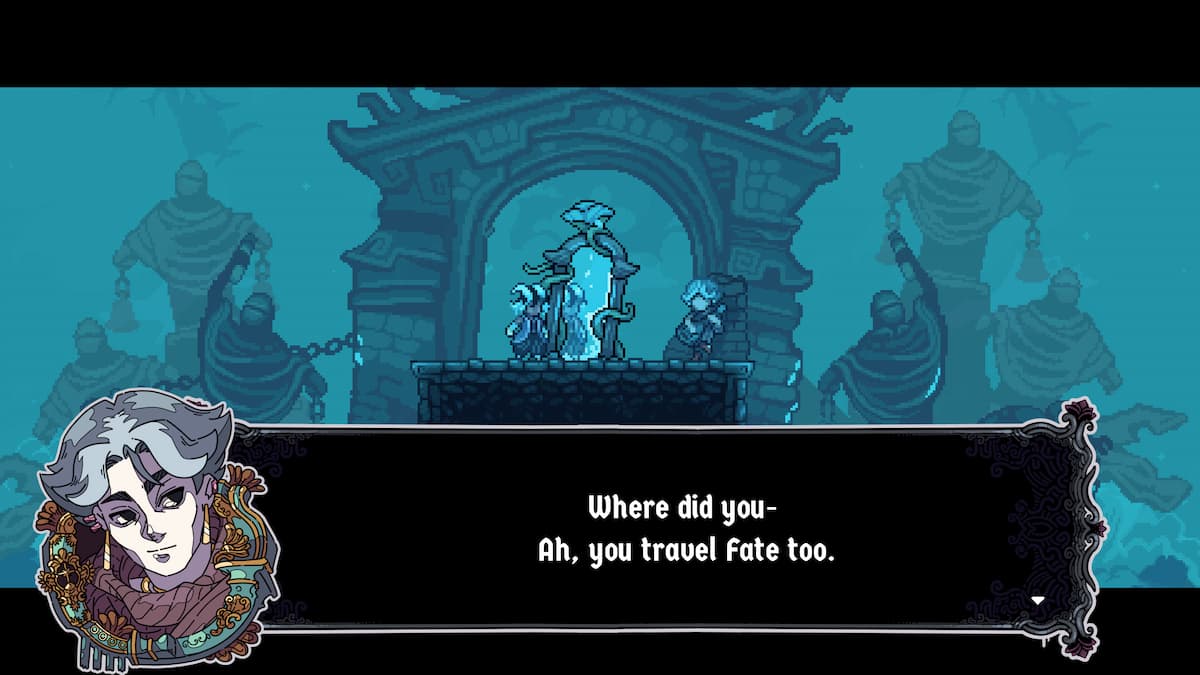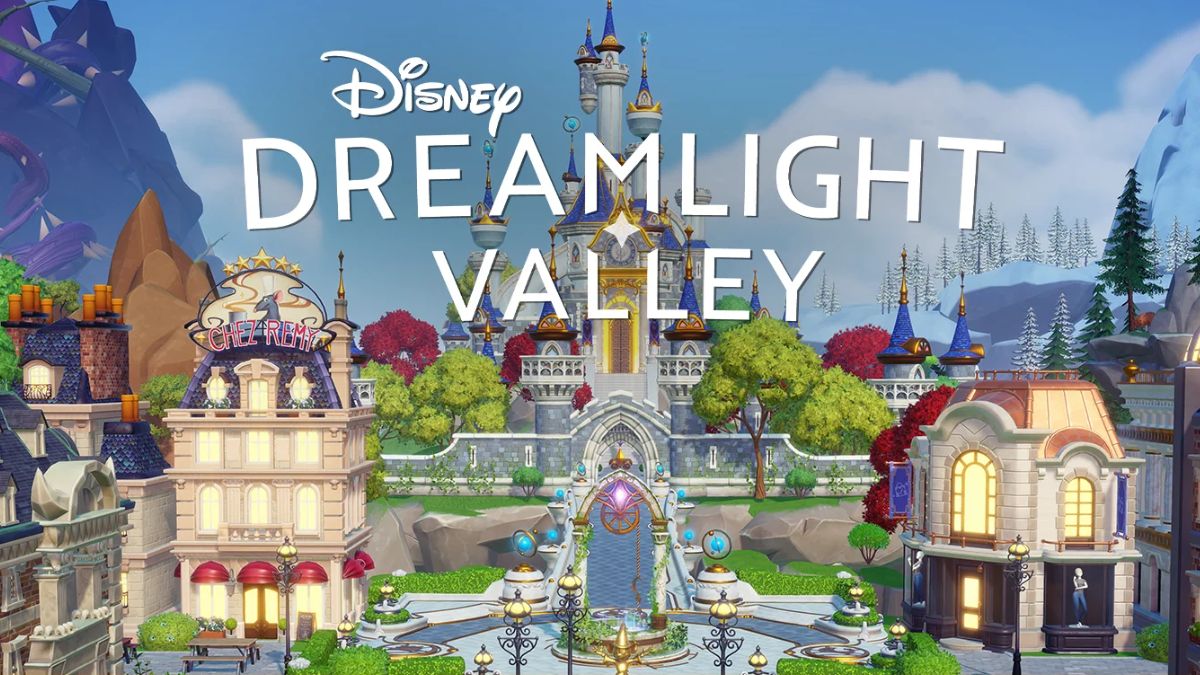
US Academia has pointed out to Australia exactly why you can’t police the internet unchallenged.
Derek Bambauer, Harvard graduate and Assistant Professor of Law at Brooklyn Law School has laid out a paper explaining why Stephen Conroy’s great Aussie firewall is just a load of hot air.
The paper has a number of juicy quotes, but I think this one says it all:
To assess legitimacy, the process-based framework asks four questions. First, is a country open about its Internet censorship, and why it restricts information? Second, is the state transparent about what material it filters and what it leaves untouched? Third, how narrow is filtering: how well does the content that is actually blocked – and not blocked – correspond to those criteria?
Finally, to what degree are citizens and Internet users able to participate in decisionmaking about these restrictions, such that censors are accountable? Legitimate censorship is open; transparent about what is banned; effective, yet narrowly targeted; and responsive to the preferences of each state’s citizens.
Conroy (pictured) can argue that the first part is narrowly defined, but the next three push his arguments into the mud and stomp on them.
Whilst his plans to filter BitTorrent and the other child unfriendly sites include 10,000 sites that he wants blocked, Bambauer asks: Do they actually have a clue which these would be? Without proper figures given by the Australian Government(transparency), there is no way that the general public can tell if it’s working or not.
And finally, the last two points nullify the first one. If certain sites are being blocked to adults as well as children, then there has to be a referendum on which areas of “indecency” are allowed to be covered; otherwise it is not a democratic system.
The IWF (the UK’s Internet Watch Foundation) allegedly has one of the greatest databases on child pornography and regularly track 800-1200 sites. Now, if the Australians have a list of 10,000, that suggests there are roughly 9,000 other offending sites that the Australians can find but the IWF can’t.
Here in the UK, we have our own “freedom fighter” in the form of Lilian Edwards, Professor of Internet Law at Sheffield University, who has already fought the IWF on its Wikipedia ban. In her blog, she laid out a set of five rules that need to be kept to for “Policing the Internet”, which are that it needs to be transparent, open, democratically determined, judicially backed, and accountable. Just as Derek Bambauer has said.
Given that the Australian four year plan is the model that the others might follow, it’s gratifying to note that somebody actually is watching the watchmen.












Published: Jan 13, 2009 09:50 pm